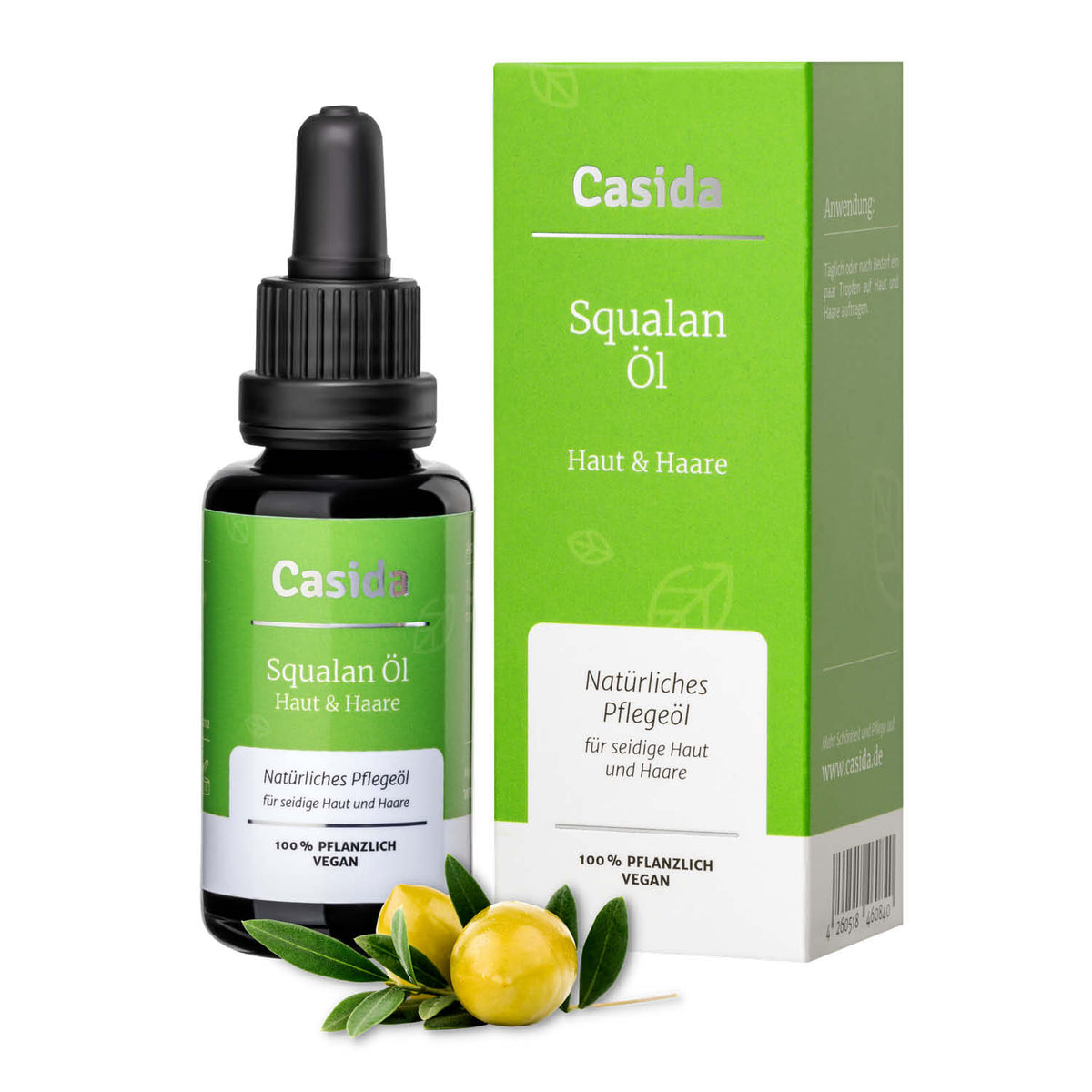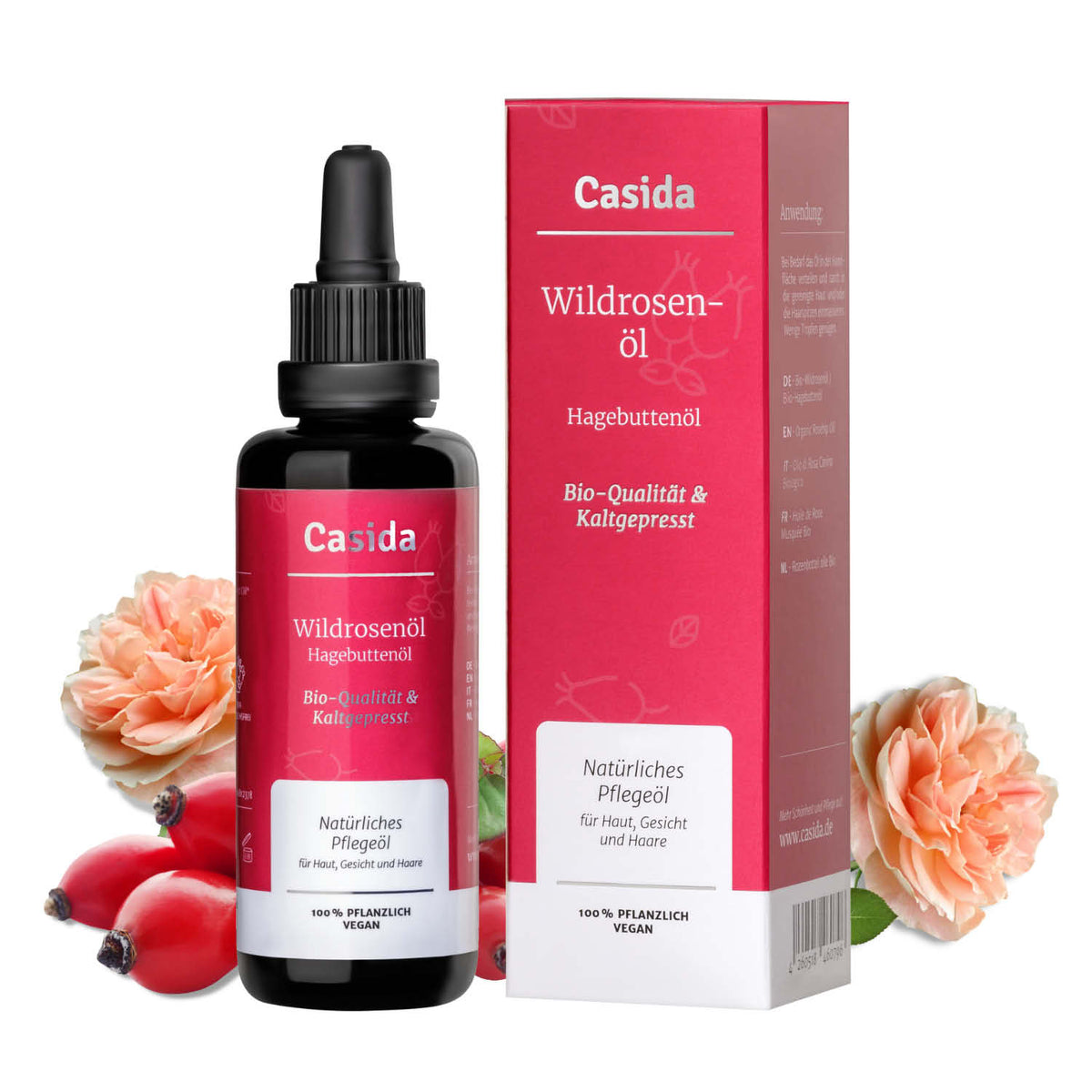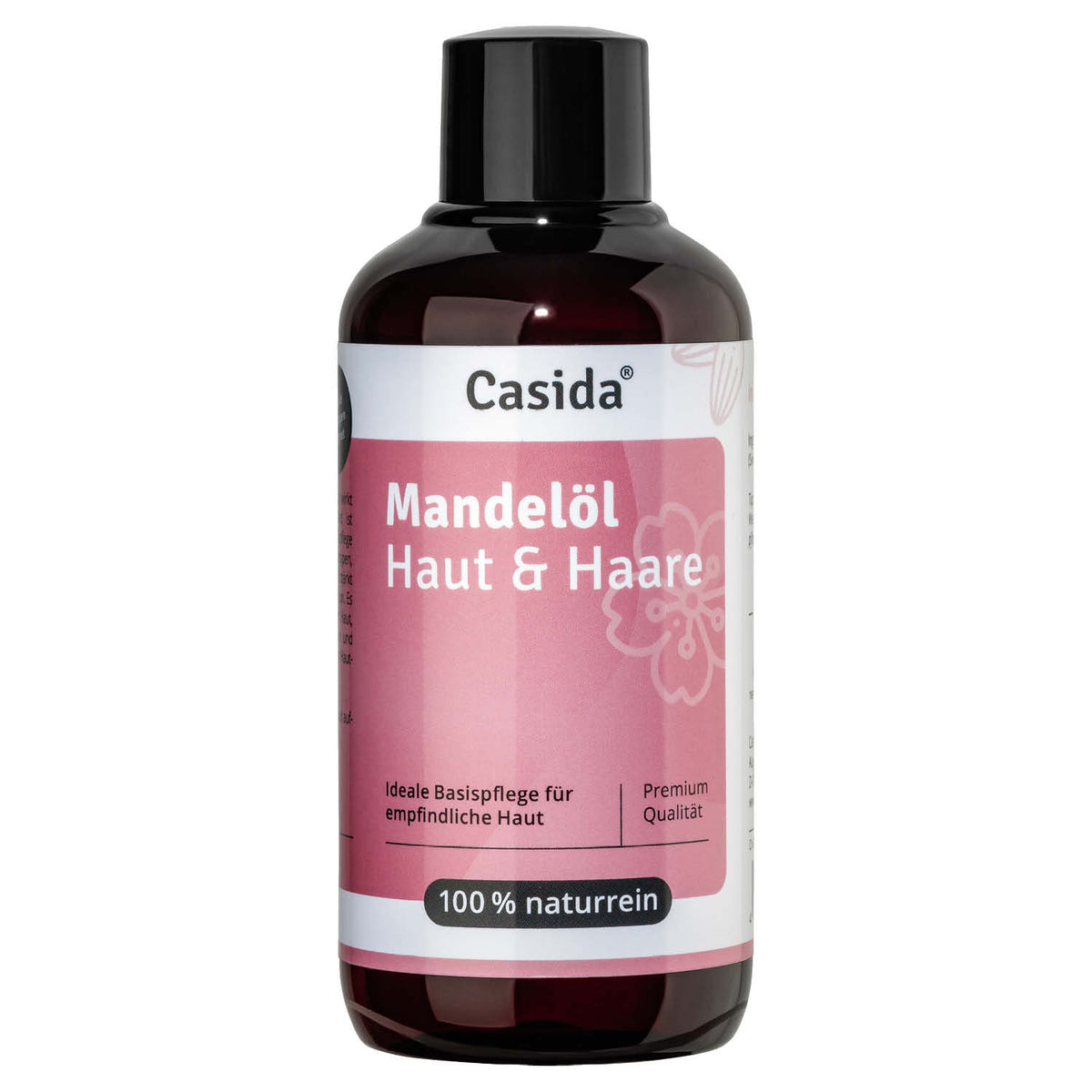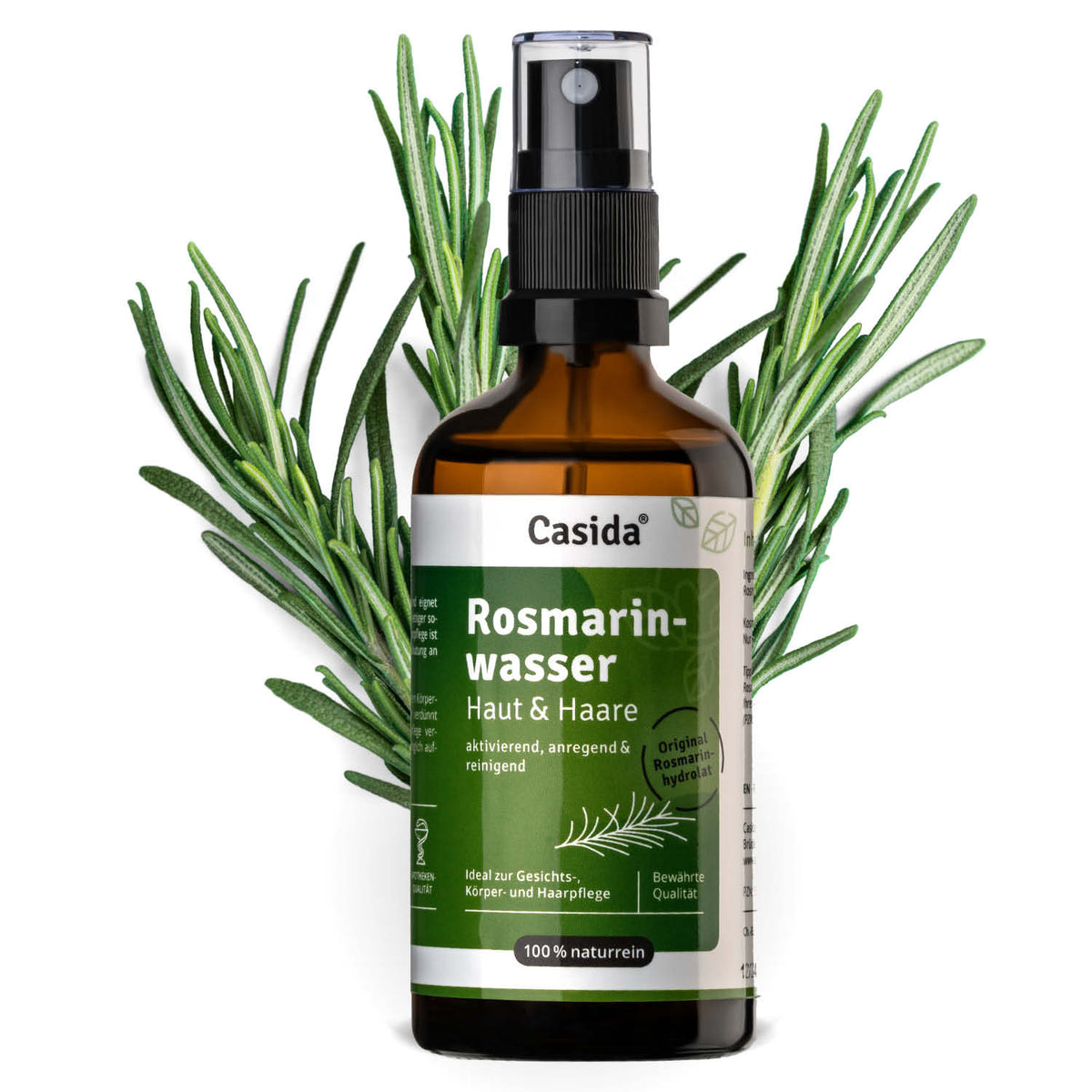The term "comedogenic" is mentioned again and again in the beauty world. Beauty gurus, in particular, often use this term in their recommendations. But what do the terms "comedogenic" and "non-comedogenic" actually mean? If you're interested in skincare, you should definitely familiarize yourself with these terms. We've summarized the most important information on this topic for you and show you how to find the right skincare products.
Table of Contents
What does "comedogenic" mean?
You may have already noticed that the term "comedogenic" has something to do with acne and generally impure skin. Many manufacturers therefore advertise their skincare products with the words "non-comedogenic." What they're saying is that their products don't clog pores and therefore don't cause blackheads or pimples. The term "comedogenic" is derived from the technical term for blackheads, "comedo." These are caused by clogged sebaceous glands and the sebum that accumulates within them. When blackheads become inflamed, pimples develop.
Comedogenic or non-comedogenic?
Comedogenic products are so rich that they form a film on the skin and can thus clog the glands. A fatty cream and oils with a high degree of comedogenicity, such as Casida's wheat germ oil, are comedogenic, but not necessarily bad for the skin. Quite the opposite – they retain moisture in the skin and are therefore excellent for the care of dry and mature skin. People with oily skin and those whose skin is sensitive to breakouts should avoid using comedogenic products. Otherwise, blackheads or pimples could develop.
To clear up any misunderstandings: Non-comedogenic products are not helpful in treating inflamed pimples. They usually don't contain antibacterial agents, which are necessary for treating blemishes.
Which substances are comedogenic?
If you suffer from oily skin and blemishes, you should avoid excessive fats or oils in your skincare, as these are usually comedogenic. However, you shouldn't believe everything you read on product packaging. The term "comedogenic" is not protected. Since manufacturers often use such terms carelessly, you should always pay close attention to the ingredients. Comedogenic substances include mineral oils such as silicones, petrolatum, or paraffin, which can cause blackheads even on people with normally clear skin. Caution is also advised with mineral oil residues such as aromatic hydrocarbons (MOAH).
But it's not only industrially produced substances that are comedogenic. Natural ingredients such as animal fats, but also plant-based fats and oils can also clog pores. These include lanolin, palm oil, coconut oil, corn oil, cocoa butter, peanut oil, and olive oil.
How do I find non-comedogenic products?
Oily and acne-prone skin should be cared for with non-comedogenic products. However, you don't have to avoid oils in your skincare routine. Some oils are non-comedogenic, meaning they don't clog pores. These oils include almond oil, rosehip oil, argan oil, and jojoba oil. We particularly recommend Casida almond oil and rosehip oil, which have proven to be excellent care oils for very sensitive skin. Casida products contain no harmful additives and can still penetrate deeper into the skin layers without clogging pores or causing blemishes.
Click here to access our Beauty Guide to find out which beauty routine suits your skin type.
Important Note / Disclaimer: As pharmacists, we share our pharmaceutical expertise and wealth of naturopathic experience in the Casida Guide. An individual diagnosis and consultation are always necessary. Therefore, this offer cannot replace medical advice. This offer is not intended to treat, cure, or prevent any disease. It is not a substitute for medication or other treatments prescribed by a doctor.








